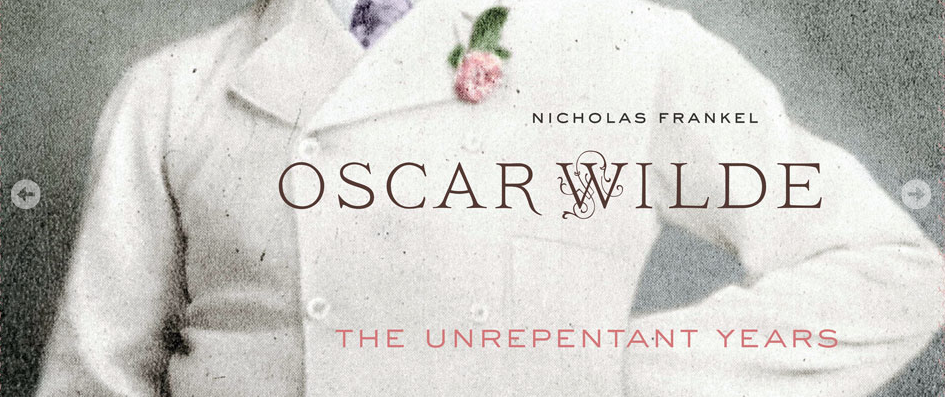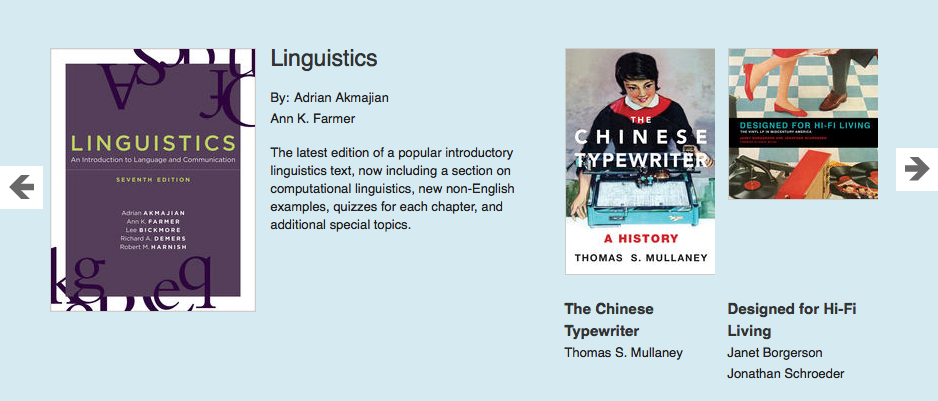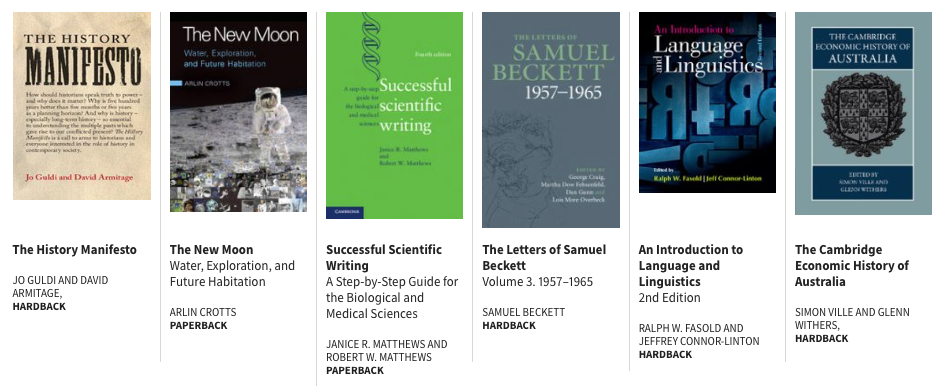 A university press is an academic publishing house that specializes in scholarly books and journals. Pace University Press (Pace UP), for example, publishes seven journals in the humanities and social sciences, like Woolf Studies Annual, The Journal of Comics and Culture, and The Journal of Beat Studies. It has 60 journals and books in print and works closely with the M.S. in Publishing Program.
A university press is an academic publishing house that specializes in scholarly books and journals. Pace University Press (Pace UP), for example, publishes seven journals in the humanities and social sciences, like Woolf Studies Annual, The Journal of Comics and Culture, and The Journal of Beat Studies. It has 60 journals and books in print and works closely with the M.S. in Publishing Program.
Elliane Mellet is a Graduate Assistant at Pace University Press. As part of her work, she “oversees the production of each journal from manuscript to finished product.” Bryan Potts also works at the press as a Graduate Assistant.
“Working at the Press, you get the best of both the business and academic worlds,” says Potts. “You work on publications, face deadlines, and deal with the same issues that a business does, but do so in a place that is just as devoted to ensuring you learn and acquire the skills you need to succeed in the industry as it is to publishing the best journals and books possible.”
Harvard University Press
Harvard University Press (HUP) was founded in 1913, although many people at the press like to trace its history back to 1643, when the first president of Harvard College, Henry Dunster, inherited his wife’s printing press. The press publishes “convergent works in the sciences, humanities, and social sciences” in over 50 subject areas with partners like the Center for Hellenic Studies, the Peabody Museum Press, and the David Rockefeller Center for Latin American Studies. Particularly interesting projects include The Jane Austen Annotated Editions and the Emily Dickinson Archive. Click here to review Harvard University Press’s most recent catalogue. All job postings are handled through Harvard University’s centralized employment portal.
Columbia University Press
Columbia University Press (CUP) was founded in 1893 to “promote the study of economic, historical, literary, scientific, and other subjects, and to promote and encourage the publication of literary works embodying original research in such subjects.” The fourth-oldest university press in the U.S., its goal is to “enhance Columbia University’s educational and research mission by publishing outstanding original works by scholars and other intellectuals that contribute to an understanding of global human concerns.” CUP publishes 160 titles each year in 30 subject areas in addition to running a blog. Recent publications include Inside Private Prisons, An American Dilemma in the Age of Mass Incarceration, by Lauren-Brooke Eisen, and Becoming the News, How Ordinary People Respond to the Media Spotlight, by Ruth Palmer. Click here to review Columbia University Press’s most recent catalogue. CUP has paid internship opportunities each semester, up to 15 hours per week.
MIT Press
When physicist Max Born visited the Massachusetts Institute of Technology to deliver a series of lectures on “Problems of Atomic Dynamics” in 1926, MIT decided to publish his words, and MIT Press was born. Today, the press is the only one in the U.S. to base its list in science and technology. It publishes 220+ new books a year and more than 30 journals like Artificial Life and Computer Music Journal. The press also hires interns in the spring, summer, and fall. Applications for spring 2018 open on November 13, 2017. Click here to review MIT Press’s most recent catalogue. Apply for positions at the press with a cover letter on the MIT Jobs Site using the job cart portal.
Oxford University Press
In 1478, two years after William Caxton set up the first printing press in England, Oxford printed its first book. Delegates were appointed to oversee an official university press in 1633. Today, Oxford University Press (OUP) is the largest university press in the world. It publishes 6,000 titles each year in 40+ languages and has offices in 50 countries. (It opened its New York office in 1896.) Interesting journals to explore include Current Zoology and Diseases of the Esophagus. Click here to review Oxford University Press’s eCatalogues. Have a look at OUP’s job opportunities.
CambridgE University PRess
Cambridge University Press is the oldest publishing house in the world – it published its first book in 1584, when Henry VIII granted the press letters patent to print “all manner of books.” Its modern mission is to “unlock people’s potential with the best learning and research solutions.” Historically speaking, the press has published notable works like Newton’s Principia Mathematica, Milton’s Lycidas, and Chomsky’s Language and Mind. And, fun fact, when the press released Stephen Hawking’s PhD thesis, “Properties of Expanding Universes,” on October 23, its website crashed because it couldn’t handle the traffic. Today, it has 50 offices across the globe, employs more than 2,000 people, and publishes authors in 100+ countries. The press also has its own museum, which is home to treasures like a folio edition of the King James Bible, which was printed in 1638 by university printers. Click here to review Cambridge University Press’s 2017 subject catalogues. Interested in working for the Press? It has a host of information available on its careers page. A short film about The Press Museum is included below.





